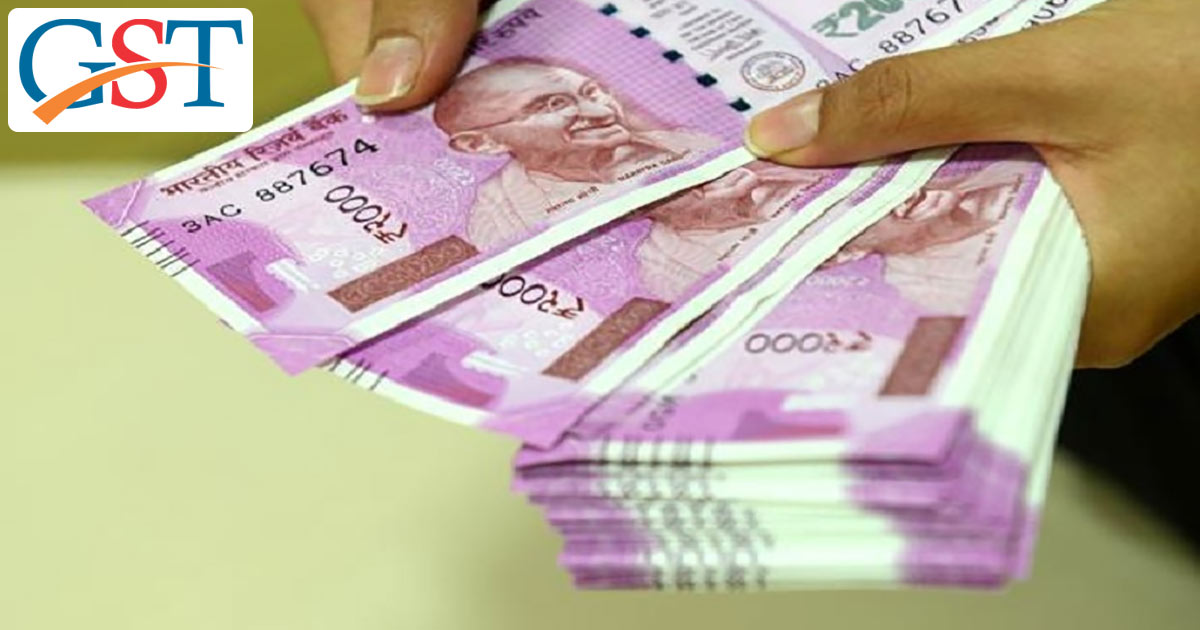The National Anti-Profiteering body set up under the newly introduced GST ensures that the benefits from GST rate reduction reach the consumer. But when large volumes are concerned, it is difficult for entities and firms to oversee the process. Moreover, manufacturers, suppliers, and retailers also play an important role in the process. Hence the Government had set up a Consumer Welfare Fund where those benefits that could not be directly shared with the consumer are deposited.
And in a recent notification released by the Finance Ministry further mandates equal sharing of the deposits in the Consumer Welfare Fund between Centre and the Concerned State. The freshly introduced amendment in the Central GST rules 50 percent of the amount will be deposited in the consumer welfare fund constituted by the Centre whereas the ‘concerned state’ will deposit the remaining half in a state constituted fund.
Some Key Points from the Notification Include:
- The benefit amount will be deposited into the Consumer Welfare Fund only in those cases where the end consumer is not identifiable.
- The term ‘concerned state’ refers to the state in which the anti-profiteering authority has passed its order against the business.
The notification clears all long-standing doubts regarding the share of welfare fund amount accrued from erring business failing to pass on the benefits to the individual consumer.
The NAA body headed by senior bureaucrat Badri Narain Sharma comprises of a Directorate General of Anti-Profiteering, a Standing Committee, and a state-level screening committee.
The state-level screening committee is responsible to look into complaints of local nature. Whereas national level complaints are handled by the Standing Committee. If a merit is found in the nature of the complaints, the committees than refer the cases for further investigation to the Directorate General of Anti-Profiteering.
The Directorate submits a detailed investigation report to the NAA. It normally takes 3-4 months to submit the report.
Recommended: GST Completes 1st Year: What We Expect and What We Actually Got?
Last but not the Least, the NAA is the final authority. Based on the Directorates report the NAA will either find the concerned entity guilty or not guilty. If guilty, it can direct the entity to pass on the benefits to consumers. In case the beneficiary cannot be identified, the entity has to deposit the benefit amount in the consumer welfare fund.
In addition to the above, the NAA can levy 18% interest on the benefit amount with a penalty as well as cancel registration of the concerned entity. In case the consumer is not identifiable, the entity must deposit the benefit amount along with interest and penalty into the consumer welfare fund.
